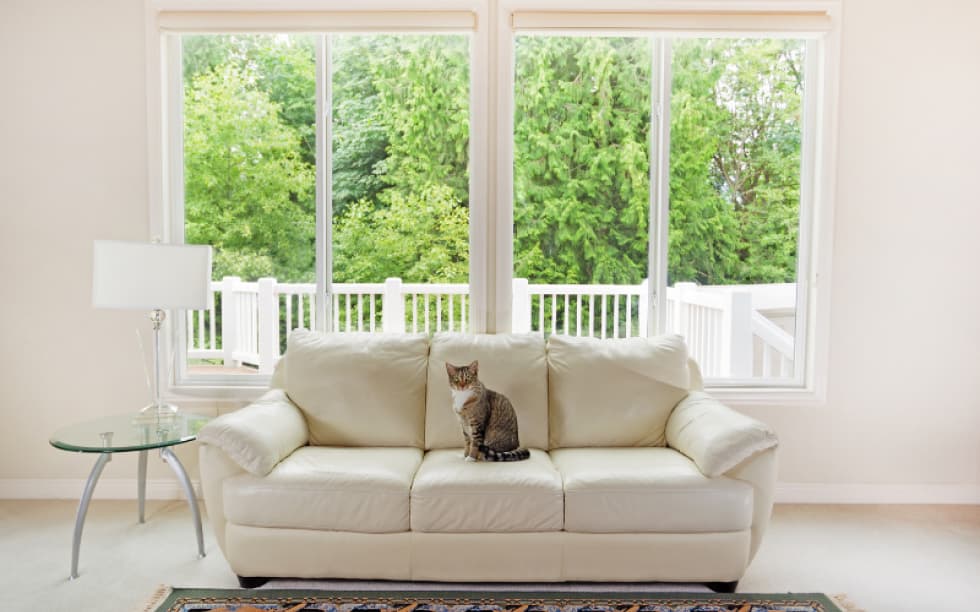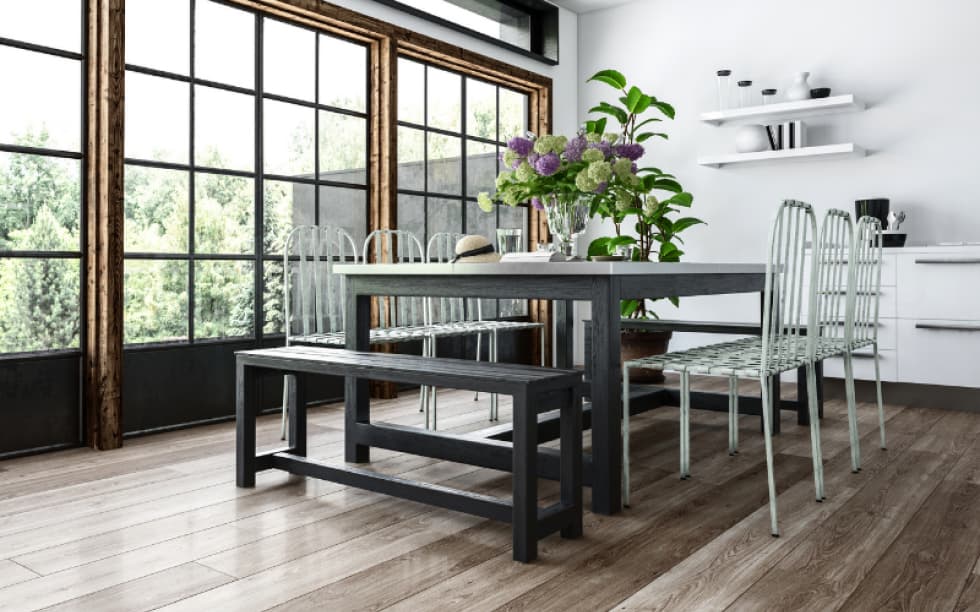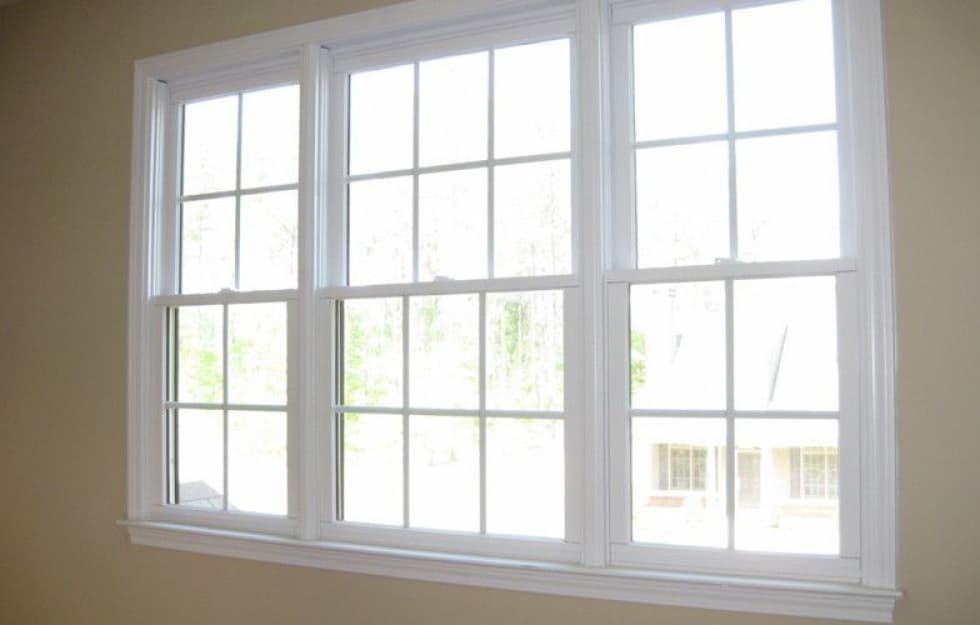Since 1977, Demers Glass has been committed to helping homeowners across Arizona make smart, lasting decisions for their homes.
As energy costs rise and sustainable living becomes more important, understanding your options for energy-efficient windows is essential.
In this guide, we’ll walk you through everything you need to know — from what makes a window energy efficient to how it can save you money, enhance comfort, and increase the value of your home.
If you're planning a home upgrade, don’t miss our comprehensive guide to whole house window replacement.
What Are Energy Efficient Windows?
Energy-efficient windows are thoughtfully engineered to reduce the amount of energy needed to heat or cool your home. They do this by incorporating advanced materials and design elements that reduce heat transfer and improve insulation. Features often include multiple panes of glass, insulating gas fills, low-emissivity (Low-E) coatings, and high-performance frames.
According to the U.S. Department of Energy, windows can be responsible for up to 30% of residential heating and cooling energy loss.

Key Components of Energy Efficient Windows
Demystifying the design of energy-efficient windows helps you make an informed investment. Here’s what to look for:
1. Multiple Panes of Glass
Double or triple-pane windows provide significant insulation improvements over traditional single-pane options. More panes mean more barriers to outside temperatures.
For additional insights, check out our comprehensive Q&A on the best glass for your home windows.
2. Gas Fills
Inert gases like argon or krypton are used between panes to enhance insulation. These gases are denser than air, slowing the movement of heat and cold through the window.
3. Low-E Coatings
Low-E (low-emissivity) coatings are microscopically thin and virtually invisible. They reflect infrared and ultraviolet light, helping to maintain indoor temperatures while reducing furniture fading.
4. Quality Frames
Window frame materials impact efficiency. Vinyl, fiberglass, wood, and composite materials provide better thermal resistance than aluminum.
5. Warm Edge Spacers
Spacers separate panes and help prevent heat loss around the window’s edges, contributing to overall efficiency.

The Benefits of Energy Efficient Windows
When you choose energy-efficient windows from Demers Glass, you’re investing in:
Lower Energy Bills
Energy-efficient windows can save homeowners hundreds of dollars annually on heating and cooling. Window World Colorado notes significant savings when replacing outdated windows.
Explore our expert guide on how to choose the best energy-efficient windows for your home.
Year-Round Comfort
Say goodbye to drafty winters and stifling summers. These windows keep your indoor climate consistent, regardless of what's happening outside.

UV and Fade Protection
Low-E coatings block harmful UV rays, which can fade flooring, artwork, and furniture over time.
Noise Reduction
With additional panes and insulation, these windows help create a quieter, more peaceful home environment.
Environmental Impact
Reducing your energy consumption means a smaller carbon footprint, contributing to a more sustainable planet.
Cost of Energy Efficient Windows
So, what’s the investment?
According to U.S. News Real Estate, energy-efficient windows typically range from $300 to $1,000 per window, depending on size, materials, and features. While it’s an upfront expense, you’ll likely see a strong return through energy savings, increased home value, and improved resale appeal.
For more details, take a look at our window type and replacement cost guide.
Choosing the Right Energy Efficient Windows for Your Home
As a homeowner, you want windows that are as functional as they are beautiful. Here’s how to narrow down your options:
ENERGY STAR® Certification
These products meet strict energy efficiency standards established by the U.S. Environmental Protection Agency. Look for the ENERGY STAR label when shopping.
NFRC Ratings
The National Fenestration Rating Council provides independent energy performance ratings:
- U-Factor: Lower numbers mean better insulation.
- SHGC (Solar Heat Gain Coefficient): Lower values reduce unwanted heat gain.
- VT (Visible Transmittance): A measure of how much natural light the window lets in.

Climate-Specific Needs
In cooler climates, prioritize low U-factors. In warm regions like Arizona, a low SHGC will help block solar heat.
See our guide for homeowners in Northern Arizona to better understand your regional needs.
Design and Operation
Casement windows, for example, tend to be more airtight than sliding styles. We can help you choose based on both performance and aesthetics.
How Long Do Energy-Efficient Windows Last?
Durability is key to long-term value. Energy-efficient windows typically last 20 to 40 years with proper care. Maintenance is simple: clean the glass, check the seals, and ensure hardware is working smoothly.
Should You Retrofit or Replace?
Retrofitting — adding Low-E films or improving seals — can boost efficiency if your existing windows are still in good shape. But for older, single-pane, or damaged windows, full replacement offers better long-term value.
Explore our article on thermally broken vs. non-thermally broken windows to learn more about performance-focused options.
Spotlight on Low-E Windows
Low-E windows are one of the best advancements in window technology. As noted by Harvey Windows & Doors, these windows provide:
- Superior Insulation: Reflects heat while letting in light.
- Comfort: Reduces hot and cold spots in your home.
- Protection: Blocks up to 99% of UV rays that cause fading.
According to Andersen Windows, Low-E glass also helps builders and remodelers meet energy code standards without sacrificing natural light. Paradigm Windows highlights enhanced clarity and condensation resistance as additional perks.
Debunking Common Myths
"They’re Too Expensive"
Upfront costs can be high, but they’re offset by monthly energy savings and possible rebates.
"All Windows Are Basically the Same"
Window materials, coatings, and technologies vary greatly. Working with trusted professionals like Demers Glass ensures you get the right fit for your home.
"They Don’t Make a Big Difference"
A high-quality energy-efficient window can reduce heat loss by up to 30% — that's a big impact over time.
Enhancing Energy Efficiency Beyond Windows
To get the most out of your new windows, consider combining them with:
- Insulated or thermal curtains
- Proper caulking and weatherstripping
- Exterior window shades or awnings
Learn more in our residential window tinting guide and compare options in our pros and cons breakdown.
Rebates, Tax Credits, and Incentives
You may be eligible for federal, state, or local programs that help cover the cost of energy-efficient upgrades. As of this writing, the Energy Efficient Home Improvement Credit allows homeowners to claim up to 30% of window installation costs (with a $600 annual limit).
Always consult with a tax advisor and check with your utility provider for the latest incentives.
Why Trust Demers Glass?
Since 1977, Demers Glass has earned the trust of thousands of Arizona homeowners by delivering quality craftsmanship, dependable service, and expert advice. We don’t just install windows — we help you create a more comfortable, efficient, and beautiful home.
Whether you’re replacing one window or all of them, our team is here to guide you every step of the way.
Final Thoughts: Is It Time to Upgrade?

They boost comfort, reduce energy bills, increase resale value, and support a more sustainable lifestyle.
Let Demers Glass help you make the right choice for your home, budget, and future.
Contact Us Today
Ready to take the next step? Contact Demers Glass for a no-obligation consultation. We’ll help you evaluate your needs, walk you through your options, and ensure a smooth installation process from start to finish.
